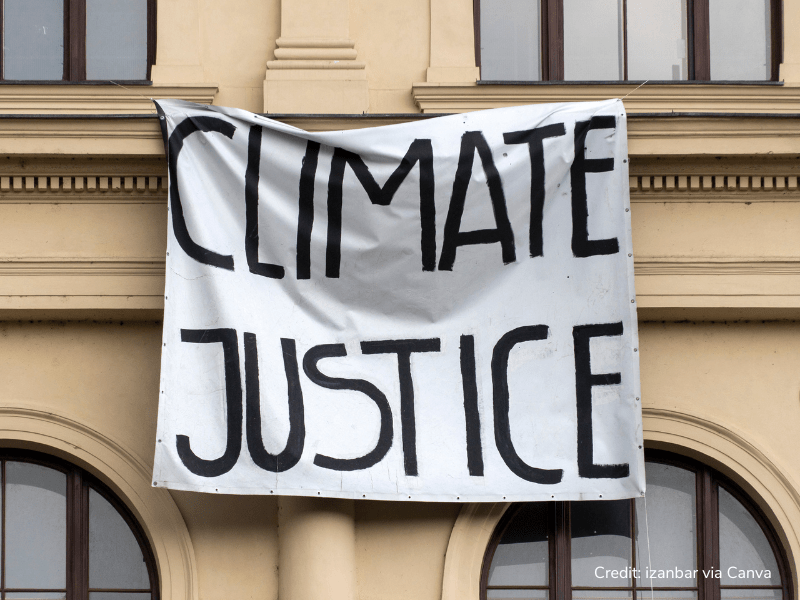Grist to Support Decarbonizing the Economy & Building New Economic Development Opportunities with an Emphasis on Local Production, Community Resilience & Inclusivity
In a special issue of Journal of Planning Literature (JPL), Just Transition Alliance Executive Director José Bravo along with lead author Teresa Córdova, Great Cities Institute, Director, and co-author José Miguel Córdova, Senior Transportation Policy Analyst, Little Village Environmental Justice Organization, offer essential material to help urban planners address climate change.
“Environmental Justice and the Alliance for a Just Transition: Grist for Climate Justice Planning,” published on Aug. 29, 2022, details the rich, often disturbing history of the environmental justice movement, the principles of just transition inspired by our collaboration with organizing Oil, Chemical and Atomic Workers International Union leader Tony Mazzocchi, and how the intersections of these movements birthed the climate justice movement in the U.S.
Referencing how the terms “environmental justice” and “just transition” have recently entered the “popular lexicon,” the authors explain how this presents opportunities for urban planners to glean from the climate justice policies presented in this essay–emphasizing how critical these are in this time:
“Conversations about how to tackle climate change often fail to incorporate the perspectives of activists from the Environmental Justice Movement and the Just Transition Alliance. Ignoring voices from workers and communities that have been in the sacrifice zones of communities of color and the threats from climate change,” the authors say in their abstract. “In this perspective, three EJ activists provide a clarification and reminder on why and how the terms of environmental justice and just transition became critical to the movement for climate justice.”
The essay educates planners on histories that span 30 years, acknowledging:
“There is no one person, place or moment that marks the beginning of the fight by workers and people of color against the contamination of their workplaces and communities (Cole and Foster 2001). For [I]ndigenous people, in the face of colonization and the destruction of their environments, struggles for survival goes back centuries and in recent decades, to the struggles against the invasion of their lands by extractive industries such as uranium mining and oil pipelines (Lewis 1995; Goldtooth 1995; Trask 1999; Brugge and Goble 2002; Dunbar-Ortiz 2014, Reséndez 20016; Gilio-Whitaker 2019).”
When Mazzocchi approached environmental justice networks in 1994 with a vision for a just transition, he said to them, “‘You know what? The stuff we produce, and many of the things we put together in these plants, probably don’t belong on the face of this planet’” (Harvey 2018), recounts Bravo. “[Mazzocchi] understood, however, that stopping this kind of production would mean job loss for many, including those from the union he represented. While he supported the transition away from toxic substances and fossil fuels, he also wanted the economic needs of workers to be addressed in this transition.”
After years of organizing and political successes by a rank-and-file-led movement, Mazzocchi conjoined with parallel victories of the environmental justice movement and community-labor formations such as the Just Transition Alliance. This eventually led to the emergence of the climate justice movement in the U.S.
Climate justice “incorporates the tenets of both environmental justice and just transition, recognizing that addressing the disportionate impacts of toxic industries that workers and communities of color experience is key to avoiding climate catastrophe,” the authors explain. “Nor should proposed solutions to climate change, they insist, occur at the expense of the most vulnerable populations that are hardest hit and have the least amount of resources to deal with the impacts of climate change.”
When discussing climate justice policies, the authors say, “Zoning decisions are among the most important for affecting concentrated contamination and subsequent public health issues (Maantay 2002; NAPA 2003; Wilson, Hutson, and Mujahid 2008).”
The authors note they agree with the National Academy of Public Administration (NAPA) environmental justice panel “that governments use their legal authorities to ‘prevent levels of pollution and mitigate environmental and other impacts like noise, odor and traffic.” They add that a “key avenue through which planners can engage in climate justice action is to assist with creating measures to specify environmental impacts of proposed development projects presented to government planning and zoning commissions.”
They emphasize, “the planner with a climate justice perspective understands the need to decarbonize the economy while building new economic development opportunities with an emphasis on local production, community resilience and inclusivity (Illinois Governor’s Office 2021; Goerner 2015; Fitzgerald 2020; 2010).”
To read the entire essay, there is a $37.50 fee for 24-hour access, which includes the list of references.

